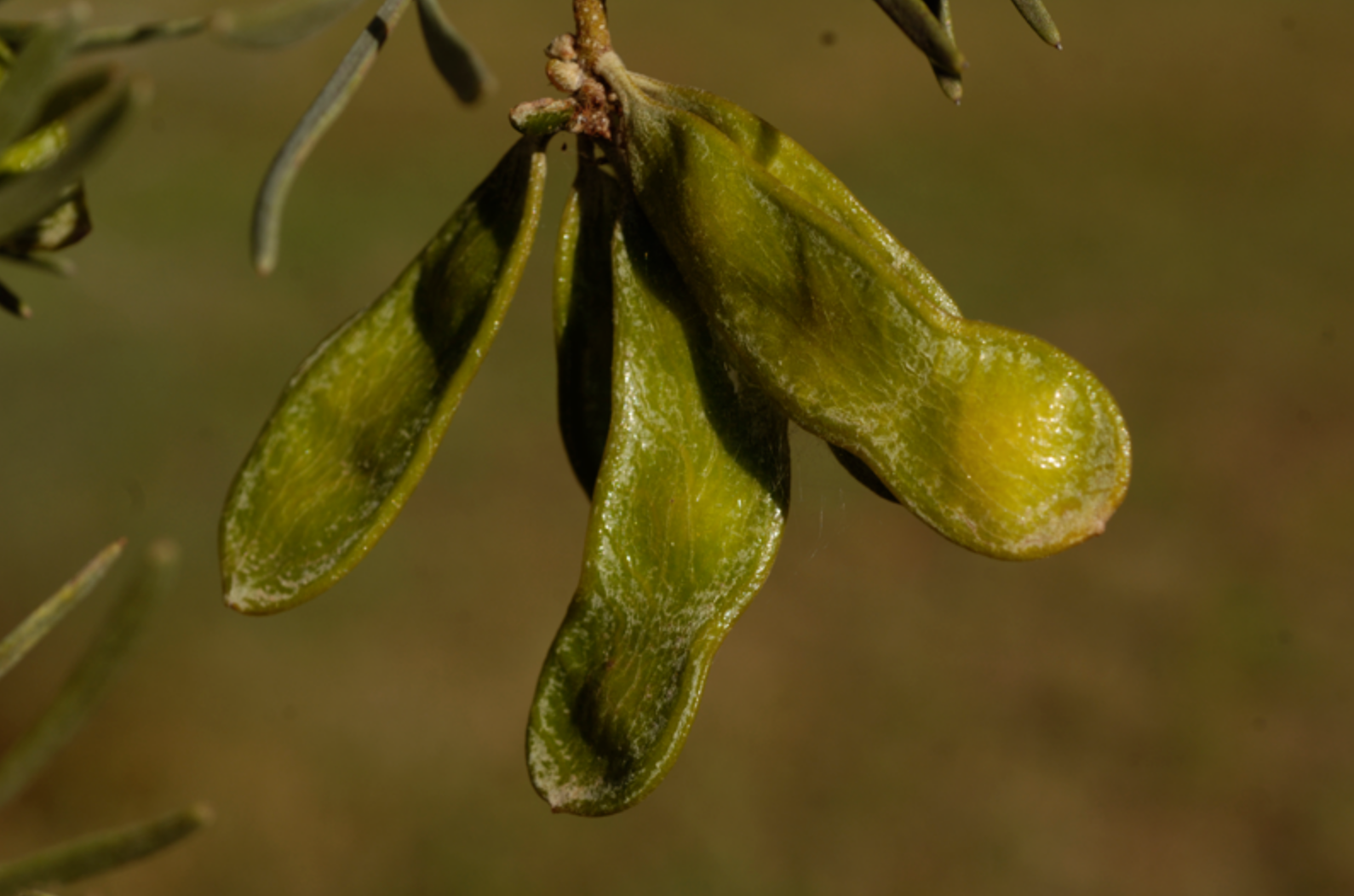Wattles- The incredible native to welcome spring with
It’s wattle time!
I’m sure you’ve already witnessed the stunning display of golden flowers heralding the start of spring in Australia. This bright, showy explosion conjures the promise of long days and balmy evenings, BBQs, beach and outdoor life.
This celebrative moment is a follow-on from the ancient culture of First Australians who locked in their narratives the wattle-well-wishing for the warmer months ahead.
In D’harrawal stories the Marrai'uo - Acacia floribunda and Boo'kerrikin - Acacia decurrens - bookmarked the Wiritjiribin time. This short season in July-August is when the fish start to move in the rivers, the lyrebird sing and dance in the forests and mobs would prepare themselves for the soon-to-come ceremonial time, welcoming the rebirth and plenty of spring and summer.
The Indigenous Knowledge Calendars are a joy to acquaint yourself with. The stories weave animal behaviour with plant cycles, making sense of weather patterns and migration routes. If you’d like to know more I encourage you to seek out knowledge from first nation voices. Seek out your local elders, the truth holders and storytellers of this great, ancient and wise continent.
Wattles are an iconic Australian story. There are over 900 species native to Australia, and only a handful of haphazardly-related species around the world. The reason why this genus has become so popular in Australia is mostly related to its ability to survive and exploit fires.
Wattles produce an enormity of seeds that are encased in a tough shell that withstand high temperatures. The seeds are so used to being scorched that it is common practice to heat the seeds at near-boiling temperature before sowing, so to trigger the germination process.
Here on the East coast of Australia we witnessed a great resurgence of wattles over the past couple of years, in the aftermath of the horrible and destructive fires of 2019-20. Months of blazing forests plagued our continent, destroying or severely damaging 143,000 Square kilometres of land.
Then came the rain.
The wattles are one of the species best suited to reclaim decimated biologies, taking fast advantage of the rain and growing like a weed in many areas.
Yes, a prolific Australian tree is right now growing at unprecedented levels and the wattle forests will soon produce tonnes of seeds, the much-appreciated wattleseeds of Australia.
How to identify edible wattles
There are lots of edible species, but also poisonous ones and if you would like to know how to differentiate you need to be pedantic. The best way to identify wattles is when they are in flower. Then is when you can quickly restrict the plant to very few local varieties and from there cross reference to define if indeed you have an edible one. You will also need to pay attention to the leaves or phyllodes (leaf-like stems that in acacias often replace true leaves), how big they are and how they form around the branches. There is a fantastic tool available online here -Acacia of Australia - if you would like to familiarise yourself with botanical terms. A quick run-through of the important features would allow you to use the identification keys, so to positively name your wattle. Try it and dive into acacia nerdom!
Of the 900+ species of wattles in Australia, we now consider about 47 of them edible. It is highly likely that many more varieties are indeed edible, but due to knowledge loss, we restrict ourselves to known and tested species. See here for a list detailing the 47 edible wattle species and here another list detailing 27.
The simplest way to identify wattles in your region is to check the list of local species. Talk with your council, Landcare group or local native nursery, and they will be able to help with both the local and the not-so-local (the weedy ones).
With that knowledge and a few images at hand, you will soon get to know your trees, noticing details of flowers, leaves, seedpods and seeds. See below for a few of the most widespread edible ones.
It is a rather laborious process, but oh-so-satisfying when you empower yourself with knowledge and can confidently identify your local food sources. I witnessed carpets of seeds on footpaths, that with only a little research can be positively named and possibly consumed.
Where to find edible wattles.
See below for a few maps of the most widespread species. Please ensure you do not gather from national parks or otherwise restricted areas. It is however quite common to see flowering and seeding wattles in local parks, as street trees and on friend’s properties. Get to know your neighbours and share wattleseed cupcakes or cookies in exchange for your harvest? What a great way to celebrate a quintessential Australian native.
When to harvest
Different wattles flower and seed at different times, but as a general rule, you would see flowering wattles starting from August to December, and find seeds from November to March.
Wattle seeds as food
Wattlesseeds are an amazing food source. They are planted as an emergency food source in parts of Africa, for their ability to thrive despite dry conditions and still provide highly nutritious food.
The seeds are found to contain on average 50% fibre, 20% protein, 10% carbohydrates while only 6% fat. In addition, the seeds are a good source of Magnesium and Potassium. Oh, and they’re yummy.
Flowers as food
Wattle blossoms are just as good as they are pretty. Harvest the flowers and detach form the stalks to create fritters, mix with flour and eggs and fry to present a delicious, nutty and floral breakfast treat.
Other edible parts
You can also eat the gum oozing out of the bark in the hot months of summer. It is rather sticky, but appealing with the consistency of a lolly. The flavour ranges from sweet to sour and you could also ferment it to obtain a fizzy drink. Traditionally wattles are a great host for yucky looking, but yummy witchety grubs. The plant grows fast and dies early, often littering the forest floor with decaying timber, perfect hosts for a number of moths that when still in the larvae stage, are actually a delicious peanut-butter-like treat. If you’re game .
Four common and edible varieties
Golden or Coastal wattle
Acacia longifolia
Wattles around the world
Our lovely wattles have been exported or established themselves in many other parts of the world. Many species cultivated as food crop, for their timber and as wind-break, animal fodder and nitrogen-fixing abilities (it improves the soil’s fertility). It is also common to see wattles escaping their original range and establishing themselves quite aggressively into other areas, here in Australia and overseas, turning into weedy problems.
Wattleseeds Chocolate mousse
by Marnee Fox
Prep time: 25 minutes
Set time: 2-3 hours
Storage: Mousse can be kept covered in the fridge for up to a week
Serves: 6-12 depending on the size of glasses or serving dishes
Ingredients
200g good-quality dark chocolate
20g butter
1 tsp vanilla extract
3 room temperature free range eggs
1 ½ cups of thickened cream
1 tbsp finely ground wattleseed
Method
•Stir the chocolate, butter, vanilla and wattleseed in a heatproof bowl over a saucepan of simmering water until smooth. To avoid overheating, don’t let the bowl touch the water. Cool slightly.
•Separate your eggs. Set aside the white in a large clean, bowl for later.
•Add the egg yolks to your melted chocolate mix and stir to combine. Make sure the chocolate mixture has cooled slightly first to avoid cooking the egg yolks. Set aside.
•Pour cream into a clean bowl and use an electric mixer to whisk just until soft peaks form. Don’t over-whisk or the cream will split.
•Use a metal spoon to fold the cream mixture into the chocolate mixture until just combined. This cuts through the mixture easily and keeps it fluffy.
•Now clean your beaters because moisture or grease will stop your egg whites aerating. Whisk until soft peaks form.
•Fold the egg white into the chocolate mixture in 2 batches until just combined – this helps gradually loosen the mixture so it stays light and fluffy.
•Spoon the chocolate mixture into glasses or small bowls and refrigerate for 2-3hours.
•Serve with a sprinkling of wattle flowers or extra wattle seed. YUM!!
Reference
47 Wattleseeds of Southern Australia: a comprehensive book by CSIRO detailing theknown edible acacias
Wikipedia on wattleseeds
Wikipedia on the acacias as a genus
Australian Native Foods and Botanicals on wattleseeds
Australian Bush Foods on edible wattles
Acacia in Australia: Ethnobotany and potential food crop > Great review of the possibilities for this native grain
SBS Food feature on wattleseeds
Aussie green thumb Wattleseeds: how to prepare and use
Plant for a Future> A list of edible acacias and their uses
World Wide Wattle> a comprehensive resource for all things ‘edible wattles’
D’harawal stories> by Francis Bodkin
Wattle, Acacias of Australia> comprehensive identification tool for acacias in Australia
















